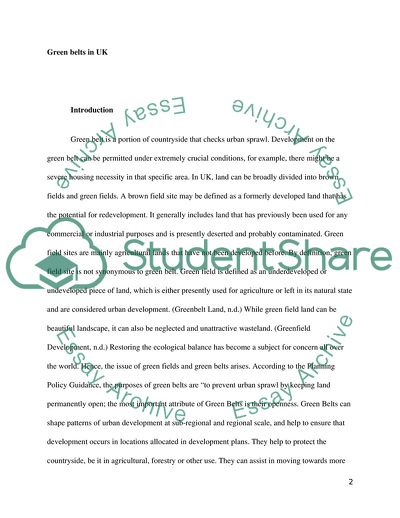Cite this document
(Green Belts in the UK Essay Example | Topics and Well Written Essays - 2250 words, n.d.)
Green Belts in the UK Essay Example | Topics and Well Written Essays - 2250 words. Retrieved from https://studentshare.org/environmental-studies/1730864-green-belts
Green Belts in the UK Essay Example | Topics and Well Written Essays - 2250 words. Retrieved from https://studentshare.org/environmental-studies/1730864-green-belts
(Green Belts in the UK Essay Example | Topics and Well Written Essays - 2250 Words)
Green Belts in the UK Essay Example | Topics and Well Written Essays - 2250 Words. https://studentshare.org/environmental-studies/1730864-green-belts.
Green Belts in the UK Essay Example | Topics and Well Written Essays - 2250 Words. https://studentshare.org/environmental-studies/1730864-green-belts.
“Green Belts in the UK Essay Example | Topics and Well Written Essays - 2250 Words”. https://studentshare.org/environmental-studies/1730864-green-belts.


